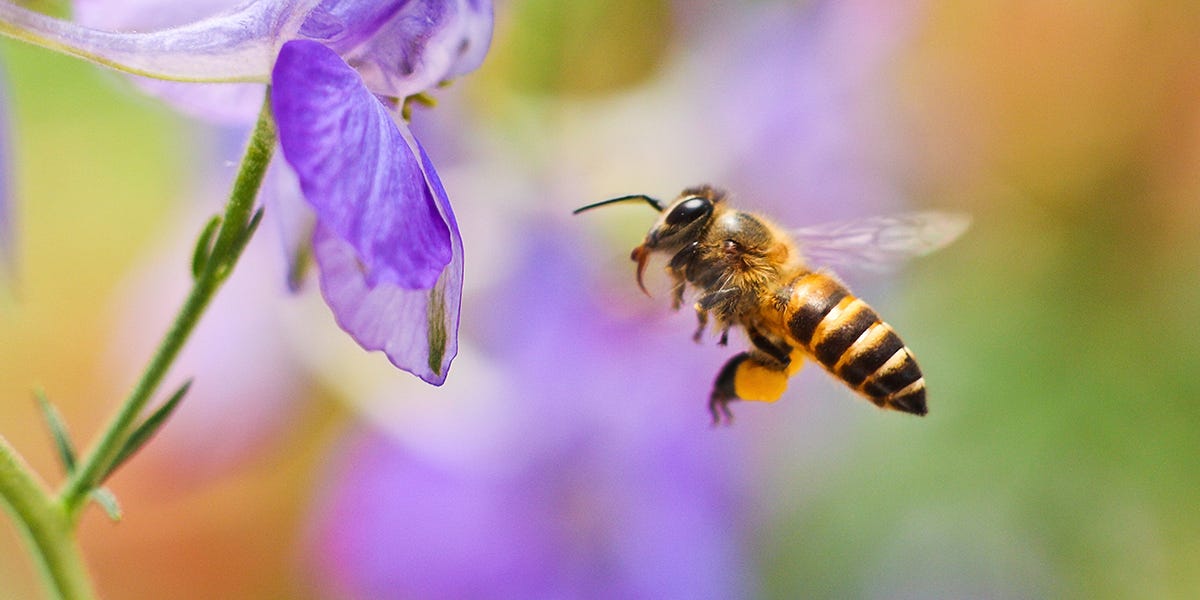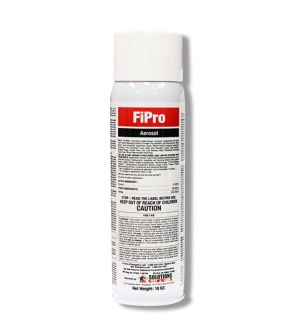Gain access to personalized product screening, the best pricing, rewards, and more!
Most Effective Products
How to Get Rid of Bees From Your Home Safely
This page is an expert guide on safely and naturally eliminating bee infestations using the products and methods suggested by our experienced pest control specialists. Follow this guide and use the recommended products, and we guarantee you will be successful in eliminating bees from your home.
Bees can be a troublesome pest to deal with around your home. They can annoy, irritate, and even sting you when the mood strikes. Whether they are Carpenter Bees, Honey Bees, Ground Bees, Bumble Bees, or another species of bee, the threat of getting stung can be very unpleasant, especially if you're allergic.
Bees are actually a vital part of the ecosystem. If bees did not exist, neither would we because of how important their pollination tendencies are because they help us to produce food. Even so, you may feel threatened if they are settling on your property.
In this guide, we will show you how to get rid of bees from your property and what natural remedies you can use to keep them safely away without harming them.
Identification

As mentioned, there are many different types of bees. Nearly 20,000 species have been discovered. While this may be overwhelming if you want to identify the pest buzzing around your property, there are common traits that can help you with identification.
Start by observing their bodies. Bees often have fuzzy hair on their round, thicker bodies, six legs, a pair of wings, antennae, and a stinger. Because they are pollinators, their hairy bodies aid them in collecting pollen more efficiently. Bees are also typically black and yellow, but their coloration can vary to a darker brown or a brighter golden color.
Size is also another factor in correctly identifying bees. Honey bees are smaller and are golden brown with black stripes, while Bumblebees are larger and have a black body covered with yellow and black hair. Carpenter bees are the largest common type of bee. They look similar to bumblebees but are bigger.
Honey Bees
Honey bees are beneficial bees that play an essential role in the ecosystem through pollination. The easiest way to distinguish a honey bee from other bee species is by looking at its thorax or abdomen, which is bloated and shaped like a barrel because it carries honey in its belly. Honey bees also have a unique honeycomb hive where they store their honey.
Bumble Bees or Ground Bees
As mentioned earlier, Bumble bees can be identified by their very plump and hairy black and yellow bodies. They are much girthier than honey bees and do not produce honey. Another way to differentiate Bumble bees is that they prefer to make their nests in the ground.
They are often regarded as "ground bees," though other bees are also called ground bees, such as mining bees, leafcutter bees, and alkali bees.
Carpenter Bees
Carpenter bees are also larger bees that don't produce honey. They look similar to bumble bees but are less hairy, and their abdomen is mostly shiny black. The trait that makes Carpenter bees stand out the most is their preference for nesting inside wood.
Inspection

Getting rid of bees through safe and natural methods can be tricky because you need to figure out where the bees are coming from. They might have created a nest inside the walls or one outside your window, in a tree. Performing an inspection is a must to determine where the invading bees are and how you should approach bee removal.
Where To Look
Look around your yard to see where bees have settled and scan for any nests. Depending on the bee type, where the nest is set up can vary. Honeybees typically make their nests in trees. nest in the ground, while Carpenter Bees nest within the wood.
What To Look For
You are looking for bee activity or their nests. Honeybees have distinctive honeycomb nests that are waxy. Since Bumblebees nest in the ground, you should look for a hole or opening that the Bumblebee moves in and out of. When inspecting for Carpenter Bees, you should be looking for holes that have been drilled in wood about a 1/2 inch in diameter. This is where they would set up their galleries.
Treatment
Your treatment approach will depend on the type of bee infestation you are experiencing. It's discouraged to try to use pesticides to get rid of bumblebees, especially honey bees because they are beneficial insects. If there happens to be a swarm of Honey bees on your property, give them time to move on to a new location or contact a local beekeeper for assistance in removing the swarm.
If your infestation happens to be Carpenter Bees though, you will want to take action to protect your wood. To do this, you will need to treat the drilled holes with Fipro Foaming Aerosol, then seal the holes with wood putty.
Step 1: Treat with Fipro Foaming Aerosol

Fipro Foaming Aerosol contains the active ingredient Fipronil, lethal to Carpenter Bees.
Fipro comes in a foaming formulation, which helps to ensure that it will reach deep into the Carpenter Bee galleries and kill any bees and eggs that are hiding inside.
Apply the straw applicator tip to the Fipro can and then spray into holes on eaves, railing, and posts directly into the drilled holes.
Step 2: Seal the Holes With Wood Putty
Once the galleries have been treated, use wood putty to seal the holes and prevent re-infestation. Carpenter bees can sting you during treatment, so we recommend exercising the proper precautions to ensure the highest level of safety.
Prevention

For Bee infestations (particularly honeybee infestations), it is better to prevent their invasion with repellent products that will not harm them rather than pesticides, so we wanted to share some home remedies to keep bees off of your property naturally.
How To Remove Bees Safely Without Hurting Them
Citronella Candles
This remedy will not kill the bees but keep them out of your house. Citronella candles help ward off mosquitoes and different species of bees. This will not only keep the bees out but also force the bees living inside the walls to fly out.
Vinegar Spray
Mix equal parts water and vinegar in a spray bottle. Spray it over the hive, keeping track of the time. If you have any flowers on your porch or windowsill, spray them too. Plus, spray in the general vicinity where the bees usually swarm. This will be unpleasant for the bees and make them want to go elsewhere.
Garlic Spray
A combination of garlic and white vinegar is also an excellent natural bee repellent. To make the garlic spray, place a couple of fresh garlic cloves in cooking oil and let them soak for a few days. The cheaper the quality of the vinegar, the more acidic it will be. The smell of the garlic and the acidity of the vinegar will disorient the bees and prevent them from flying.
Citrus
You can easily make your citrus spray at home to stop bees from entering your house. In a pot, boil water and add citrus fruit slices such as lime, lemon, orange, and grapefruit. When the water has boiled to 1/3 of its volume, remove it from the heat and let the mixture cool down. Pour this solution into a spray bottle around the hive and where you feel bees are coming from.
Natural Bee Lure
We all know that bees are attracted to sweet smells, so you have an advantage here in laying out traps for them. Add some ripe mango slices to a zip-lock bag and leave it twenty feet away from where the nest is located. Let it sit for three days, and then move it back further. The bees will be attracted to the smell of mango and will hopefully relocate away from your home.
Key Takeaways
Why are Bees on a Property a Problem?
- Bees are beneficial insects in the ecosystem, but they can be threatening when they set up nests near homes or places of business.
How to Get Rid of Bees (Honey Bees, Carpenter Bees, etc)
- To treat Carpenter Bees, use a combination of Fipro Aerosol spray to inject into holes and then seal them with wood putty.
Preventing Bee Reinfestations
- Prevent bee infestations with natural home remedies, such as essential citrus, vinegar, and other non-chemical options that keep them away without harming the bees.







